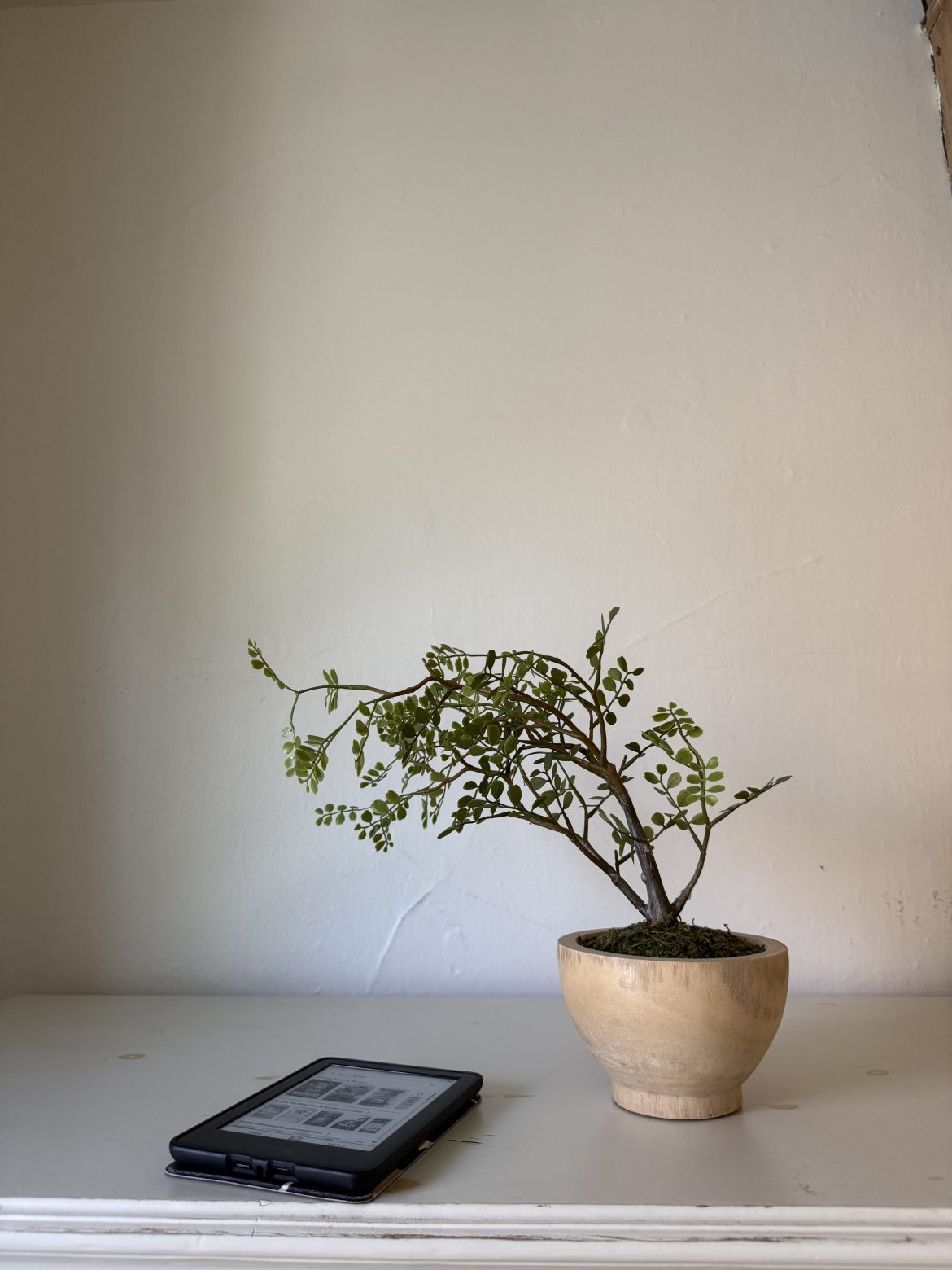There’s something calming and grounding about owning a bonsai tree. These miniature works of living art bring a sense of peace into your space while also teaching patience and attentiveness. But while they’re beautiful, bonsais do require a unique kind of care. One of the most common questions beginners ask is: how often should I water my bonsai?
The answer isn’t one-size-fits-all, but with a few simple guidelines, you’ll learn how to keep your bonsai thriving.
Understanding your Bonsai’s needs
Bonsai trees aren’t a specific plant species – they’re regular trees cultivated in miniature form through pruning, wiring, and potting techniques. This means care depends largely on the species of tree you have, whether it’s a juniper, ficus, maple, or another variety.
However, because bonsais grow in small pots with limited soil, they’re more vulnerable to drying out than full-sized trees. That makes watering the most important aspect of bonsai care.
How often should you water a Bonsai?
The golden rule: water when the soil begins to dry, not on a fixed schedule.
-
Check daily: During hot months, you may need to water once or even twice a day. In cooler seasons, every 2–3 days might be enough.
-
The finger test: Insert your finger about 1–2 cm into the soil. If it feels slightly dry, it’s time to water. If it’s still damp, wait a little longer.
-
Never let it completely dry out: A bone-dry bonsai can die quickly. On the other hand, constantly soggy soil can lead to root rot.
How to water a Bonsai correctly
Watering isn’t just about frequency—it’s also about method.
Soak thoroughly
Water until it runs out of the drainage holes at the bottom of the pot. This ensures the entire root system is hydrated.
Use a gentle stream
A watering can with a fine nozzle works best, preventing soil from being washed away.
Mist occasionally
Spraying the leaves helps increase humidity, especially for indoor bonsais.
Additional Bonsai care tips
-
Placement: Most bonsais prefer bright, indirect sunlight. Outdoor bonsais usually need a sunny spot, while indoor varieties should be kept near a window.
-
Pruning: Regularly trim new shoots to maintain shape and encourage growth.
-
Repotting: Every 2–3 years, repot your bonsai to refresh the soil and prevent the roots from becoming pot-bound.
-
Fertilizing: Use a balanced bonsai fertilizer during the growing season (spring through summer).
Caring for a bonsai isn’t about rigid schedules – it’s about observation and balance. Watering is the heart of bonsai care, and with practice, you’ll begin to recognize the subtle signs your tree gives when it’s thirsty. With the right attention and patience, your bonsai can live for decades, becoming not just a plant, but a living companion.
ALSO SEE:
Get rid of weeds and prepare your garden for the gardening season
Featured Image: DupePhoto

